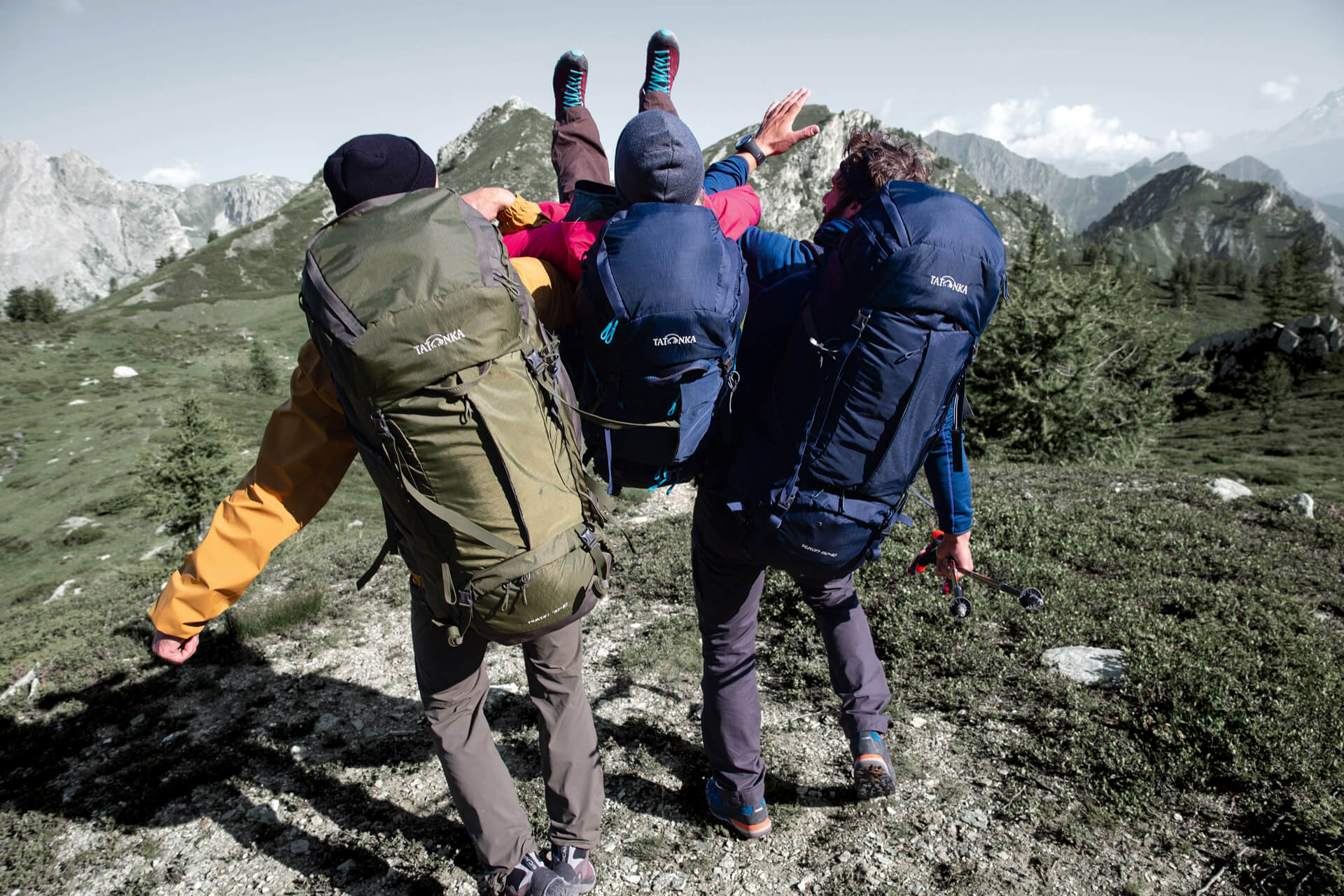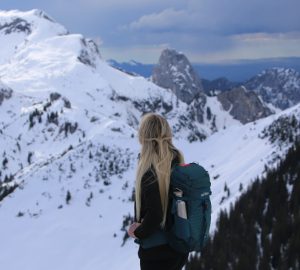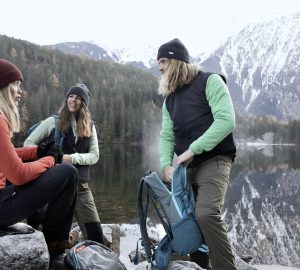When on tour, every gram matters. Being outdoors for several days, there is one rule of thumb when it comes to luggage: Take as much as necessary but as little as possible. But that is often easier said than done. Here is an overview of how to cleverly reduce your luggage to the important bits and yet not miss the crucial equipment.
Everyone who has already dealt with the burden of a too heavily packed trekking backpack will quickly ask themselves: “What is indispensable?” and throw everything else overboard. The performance suffers under the packing weight as your body is limited in its free movement. The lighter the equipment, the quicker you are moving forward. Furthermore, light equipment is easy on your joints, muscles and ligaments and also increases the fun factor of your trip many times over.
However, mucking out cleverly must be learned. It doesn’t make any sense to just simply throw everything overboard that seems to be too heavy or, e.g. packing an ultra-light sleeping bag but also a heavy tent.
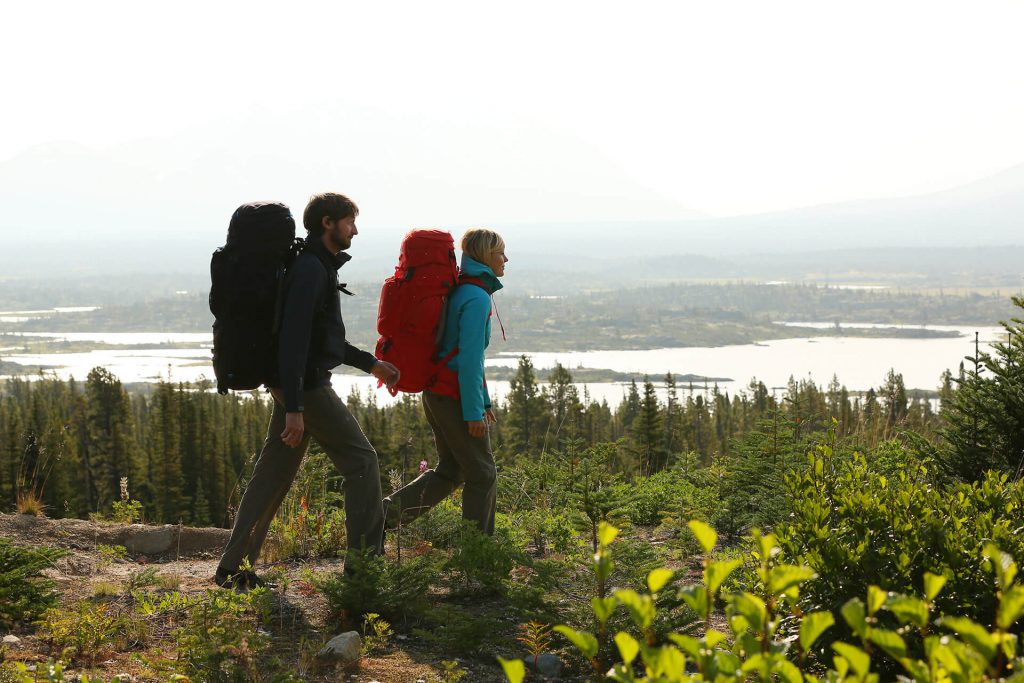
The individual parts of your equipment should match and be planned especially regarding their quantity. If you are going on a tour in a group, you have the advantage of dividing up the heavy parts of your equipment. One can carry the tent, the other one the cooker and the third one the food etc.
But if it’s just you by yourself, you’ll have to give your equipment much more thought.
Tent, backpack, sleeping bag, camping mat
The four heaviest parts of your equipment are the tent, sleeping back, camping mat and, of course, your backpack. You best start centrally to lose some kilos. Depending on the destination of your tour and its duration, “light” equipment doesn’t weigh more than seven kilos.
Reading tip: Systematic carrying – How to properly pack your backpack
The backpack
Your choice of backpack depends on how long you will be on tour and on how much you’ll need. For a hut tour of two or three days, where you’ll have a place for the night and get food, trekking backpacks such as the Norix or the Pyrox are sufficient.
But as soon as you carry a sleeping bag, camping mat and tent with you or your tour is planned for more than just a few days, you should definitely choose a trekking backpack such as the Yukon. Those are heavier than touring backpacks but they offer more stowage place for your luggage.
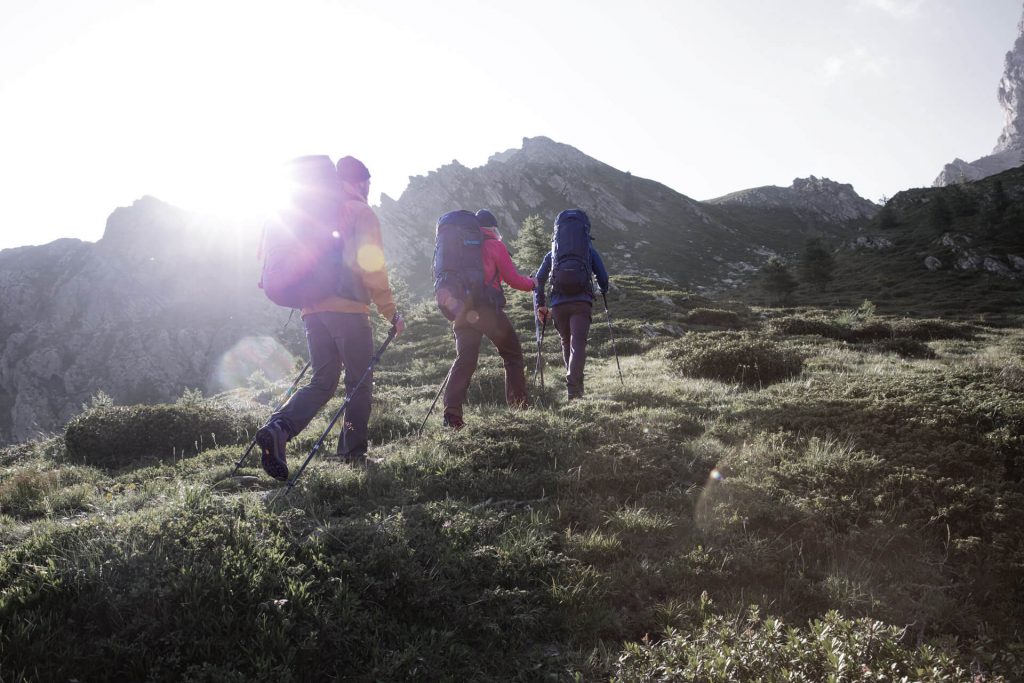
The camping mat
Your camping mat should best be made of foam as these are lighter than the inflatable ones. Another good bet are camping mats that don’t go over the whole body length. Thanks to their shortness, you make up some weight.
Also interesting: Hiking backpack or trekking backpack – Which backpack is right for me?
The sleeping bag
The unbeaten lightweight champion of sleeping bags is down. It is more durable than those made of synthetic fiber but needs to be aired regularly because it tends to absorb moisture but doesn’t release it that easily.

Thanks to their powerful and adjustable carrying system and their case opening our trekking backpacks Yukon are the right companions for your next tour.
The tent
When it comes to the tent, you can leave the pack sack at home and spare yourself unnecessary ballast. The most radical version is the tarp. When you are in environmentally friendly and windless regions, it is unbeatably light in weight. Spanned over your sleeping place as a simple tarpauline it protects your from bad weather and offers you direct contact with nature.
For everyone who prefers more protection from the wind, TATONKA has light-weight tents made of nylon with silicone-coated outer tents and superlight aluminium tent poles available in all sizes.
Clothing
Especially when it comes to clothing, you usually need less than expected. Functional wear isn’t called functional wear for nothing – its special features distinguish it from everyday clothing. This way, you can pack only two functional t-shirts for a one-week tour while already wearing one of them.
Many functional t-shirts are equipped with silver ions which are odour-neutralising and can therefore be worn several days in a row. Always keep in mind: Functional wear can also be washed when on tour and dry overnight – given that you are in warmer regions. Especially underwear and socks dry quickly; so you don’t have to factor in one new piece per day.
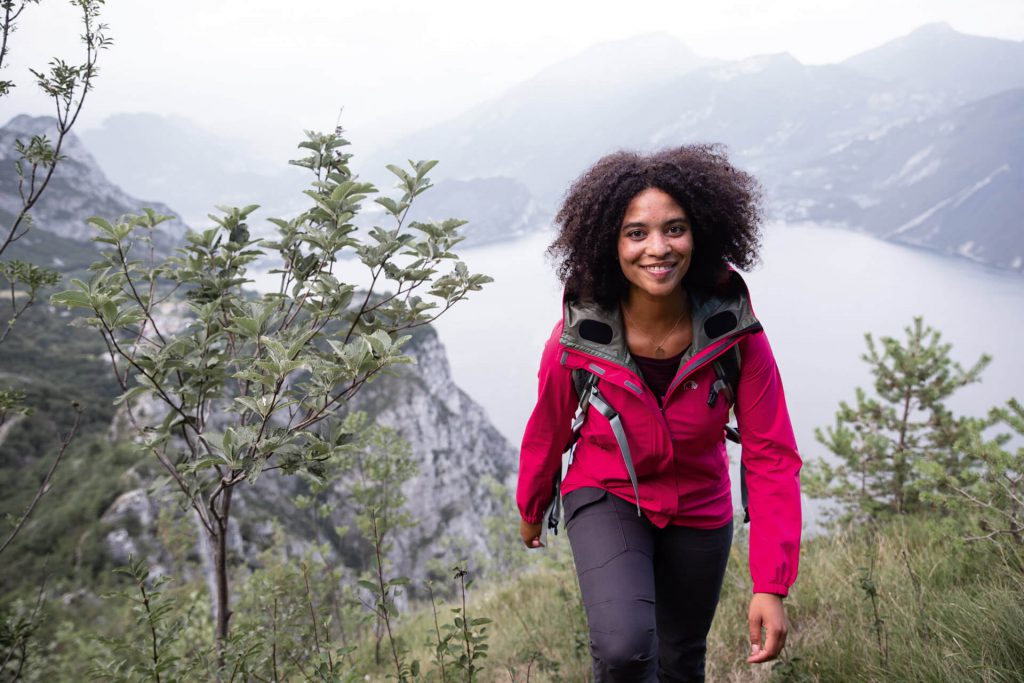
Compared to a fleece jacket a soft-shell jacket is more practical as it can be worn as a weatherproof jacket or as an additional thermal layer under a rain jacket. Just add long functional trousers, ideally with a zipper to wear them as shorts on warm days, like the Mariso Zip Off Pants– and your wardrobe for your tour is complete. This way you’re perfectly ready for any kind of weather but aren’t carrying around too much ballast.
Good to know: Hardshell or softshell jacket? – Which outdoor jacket is the right one for your expedition?
Hygiene
The essential thing is to not pack too much. You don’t need a full shampoo bottle or a whole toothpaste tube for a one-week tour. Just fill some of it in little bottles and only take a small toothpaste tube.
Cookery
Multi-functionality is the cue. Do you really need a whole set of camping cook wear? You can eat your meals straight out of the pan, knives and spoon are sufficient as cutlery. There are also especially light stoves available, such as the Tatonka Alcohol Burner Set for when you are on tour alone. The meals should be rather simple: Ready meals that are made with boiling water save space and weight.




